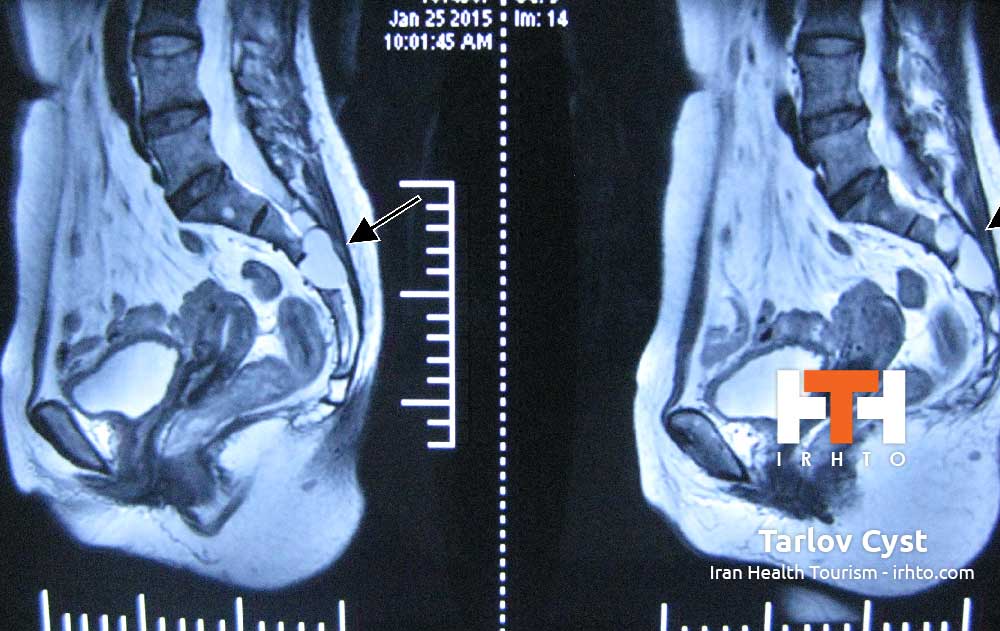
Osteoarthritis, in general, is the most common type of arthritis and affects middle-aged or older people most frequently. It can cause a breakdown of cartilage in joints and occur in almost any joint in the body. It most commonly affects the hips, knees, hands, lower back and neck. Cartilage is a firm, rubbery material that covers the ends of bones in normal joints. It serves as a kind of “shock absorber,” helping to reduce friction in the joints.
When osteoarthritis affects the spine, it is known as spondylosis. Spondylosis is a degenerative disorder that can cause loss of normal spinal structure and function. Although aging is the primary cause, the location and rate of degeneration varies per person. Spondylosis can affect the cervical, thoracic and/or lumbar regions of the spine, with involvement of the intervertebral discs and facet joints. This can lead to disc degeneration, bone spurs, pinched nerves and an enlargement or overgrowth of bone that narrows the central and nerve root canals, causing impaired function and pain.
When spondylosis affects the lumbar spine, several vertebrae usually are involved. Because the lumbar spine carries most of the body’s weight, activity or periods of inactivity can both trigger symptoms. Specific movements, sitting for prolonged periods of time and lifting and bending all may increase pain.
When spondylosis worsens, a patient may develop spinal stenosis.
Causes
While the cause of osteoarthritis is unknown, the following factors may increase the risk of developing the condition:
- Age
- Heredity
- Being overweight
- Joint injury
- Nerve injury
- Repeated overuse of specific joints
- Lack of physical activity
Treatments
Nonsurgical Treatment
Anti-inflammatory medications to reduce swelling and pain and analgesics to relieve pain. Most pain can be treated with nonprescription medications, but if pain is severe or persistent, a doctor may recommend prescription medications.
Epidural injections of cortisone may be prescribed to help reduce swelling. This treatment is not recommended repeatedly and usually provides only temporary pain relief.
Physical therapy and/or prescribed exercises may help stabilize the spine, build endurance and increase flexibility. Therapy may help with the resumption of normal lifestyle and activities. Yoga may be effective for some people in helping to manage symptoms.
Maintaining a proper weight is crucial to effective management of osteoarthritis. Being overweight is a risk factor for osteoarthritis.
Surgical treatment
Surgical treatment for spondylosis is uncommon, unless the condition has led to severe spinal stenosis. Surgery may be recommended if conservative treatment options, such as physical therapy and medications, do not reduce or end the pain altogether, and if the pain greatly impairs the person’s daily functions. As with any surgery, a patient’s age, overall health and other issues are taken into consideration when surgery is considered.



